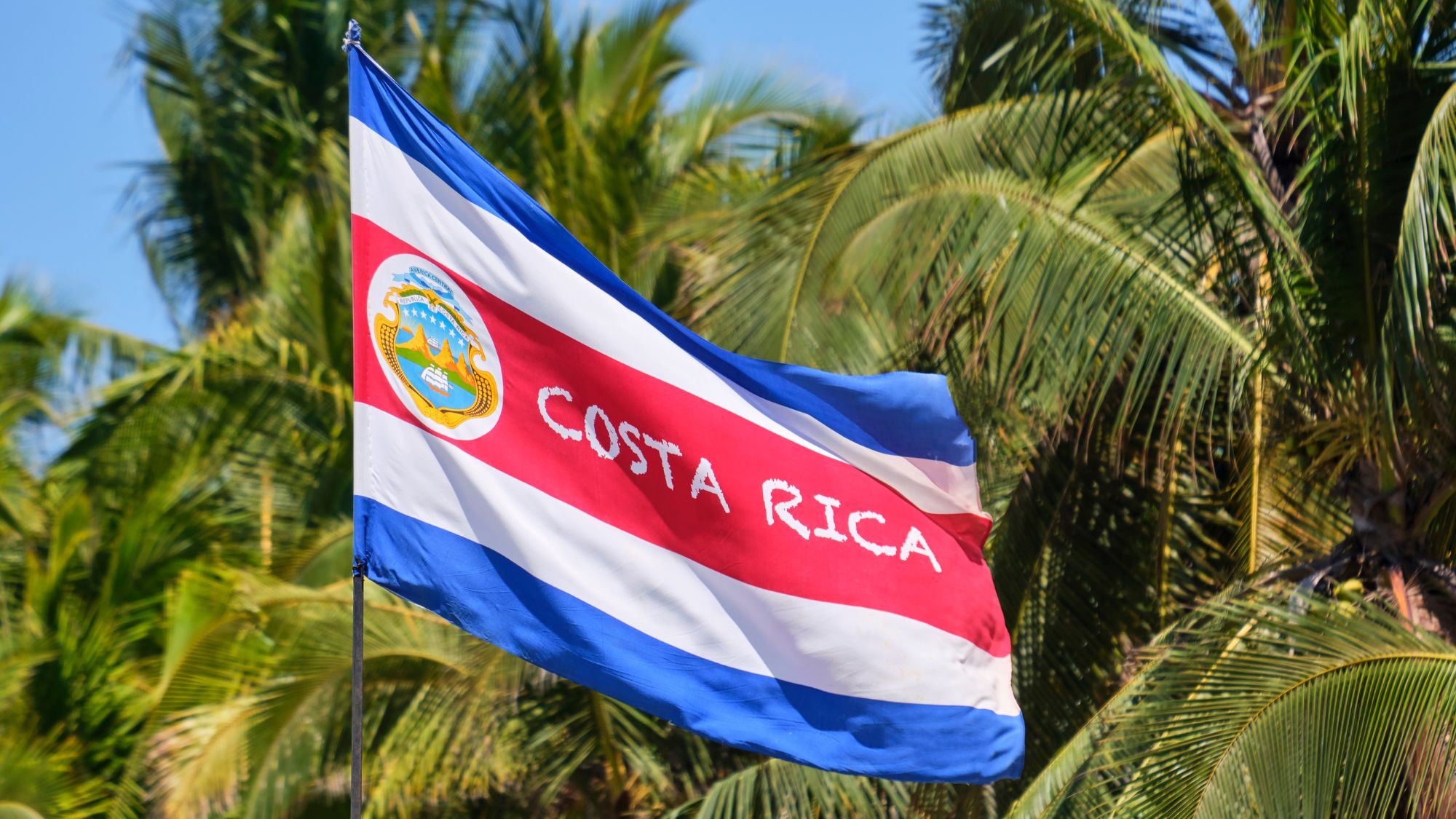After 40 years of living in the United States, my Spanish-speaking Abuelita always answered the telephone the same way: “¿Oigo?”
She lived with us, so I heard oigo on a daily basis. And, no matter how many times I tried to get her to just say “hello,” like the americanos, she wouldn’t budge from her vintage phone greeting. When my non-Spanish speaking school friends asked me what “Weygo” meant, I’d say “It’s ‘Hello’ in Spanish." Duh. Everyone knows that. It’s no big deal.
Of course, I was flat-out lying. "Hello" is just not the direct translation for “oigo.” And I knew that at the time. But, when you’re the daughter of immigrants, and your live-in grandmother can’t speak more than 10 words in English, it was easier to gloss over the nuances of language for the sake of fitting in.
And, honestly, I didn’t understand why Abuelita answered the phone with “I’m listening?” It was just weird.
Thankfully, the world is more accepting these days (even though it may not feel that way). And I get it now. It's a cultural thing.
The internet has given me, and millions of us, a worldly view of the world. So maybe it’s time we find out how the rest of the Spanish-speaking world answers the phone.
7 Different Ways to Answer the Phone
In honor of our diverse and inclusive modern world, the Nuestro Stories editorial team is embracing the many ways to say “hello” when picking up the phone. Paying homage to our abuelitas and those before and after them, we list the 7 different ways to answer the phone in Spanish – depending on the country, the context, and the formality of the situation.
- Oigo – It’s literal translation is "I’m listening,” and it’s "considered an old Cuban greeting used to answer the phone. Yet, Christy Chirinos, senior editor and storyteller for the @miamihurricanes, admits to still answering the phone with “oigo.”
- ¡Hola! – This means “hello” and it is the most standard and universal way to greet someone, whether on the phone or in person. But it’s not a common way to answer the phone in Latin American countries.
- ¿Aló? – This is an informal way to answer the phone, mainly used in Colombia, Chile, Peru, Uruguay, and Venezuela, to name a few. It’s a take on “hello” in English, with a Spanish accent.
- Dígame – This means “tell me” and it is a common way to answer the phone in Spain and the Carribean, especially in informal settings. It may sound direct or rude to some, but it is actually polite and efficient in Spanish culture.
- Bueno – This means “good” or “well,” and it is another informal way to answer the phone, mostly used in Mexico and Central America. It can also be used to express agreement or acceptance during the conversation. Influencer Fernanda Cortes says she answers the phone with this greeting. “It’s a Mexican thing,” she says.
- Buenos días/tardes/noches – These mean “good morning/afternoon/night” and they are used to greet someone on the phone according to the time of day. They are more formal than other greetings, and they can be followed by the name of the person or the company.
- ¿Sí? – This means “Yes?” and it is a simple way to answer the phone in Spain, especially among friends or family. It can also be used to confirm that the caller has the right number or to ask them to repeat something.





